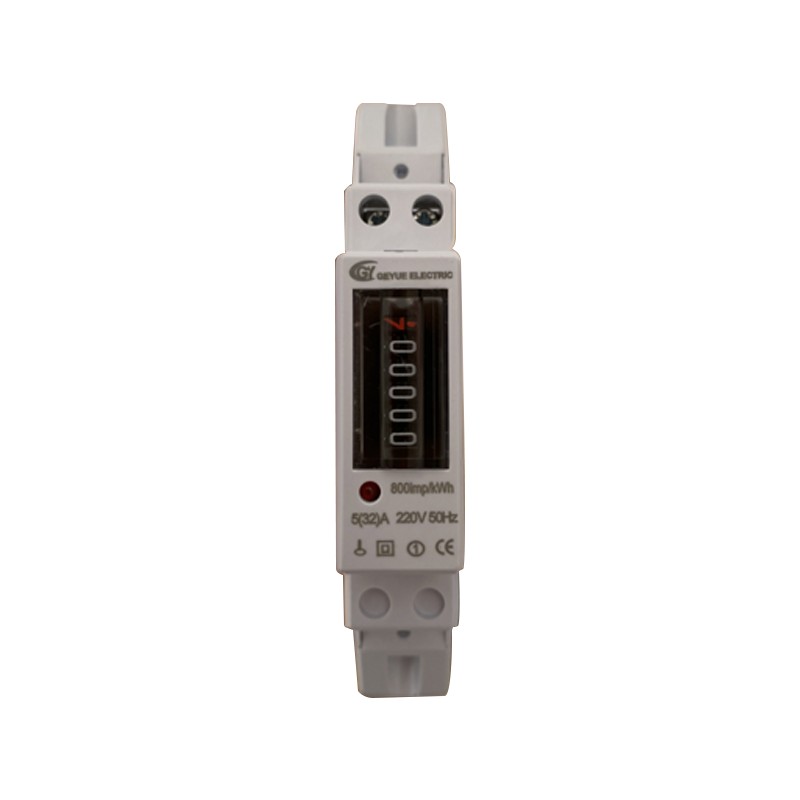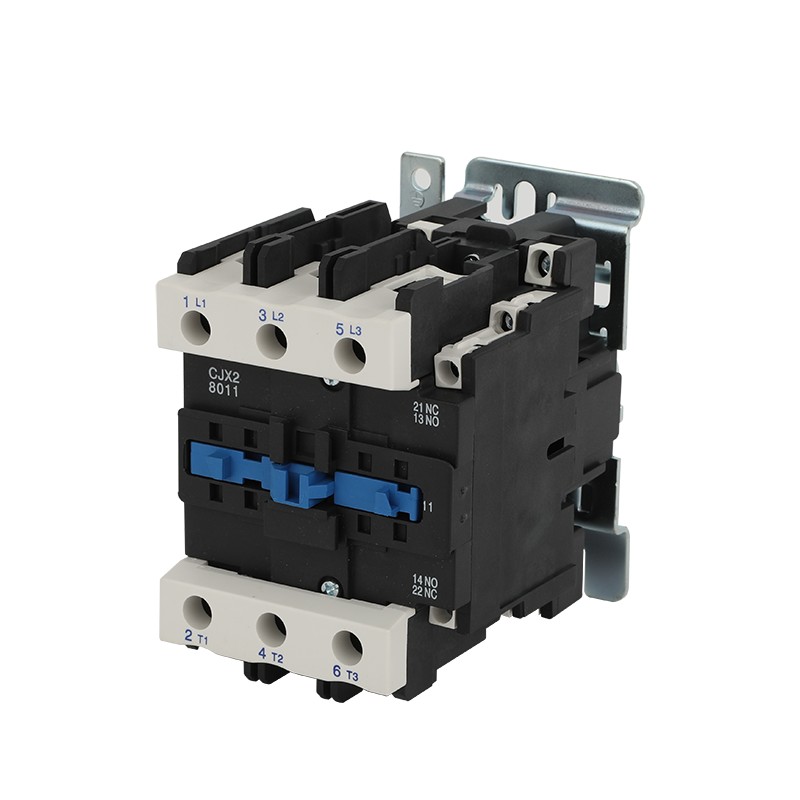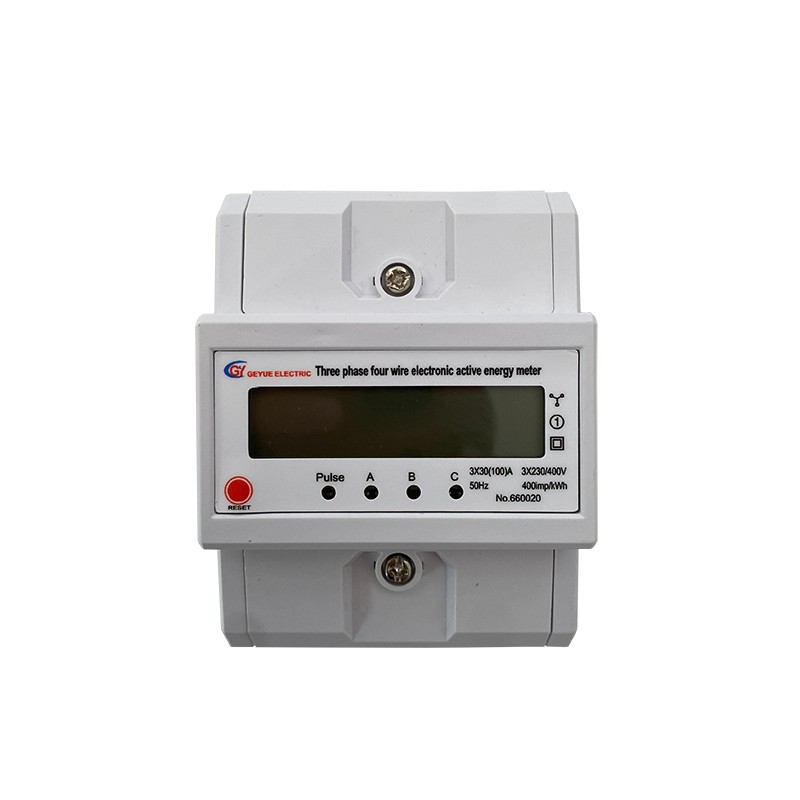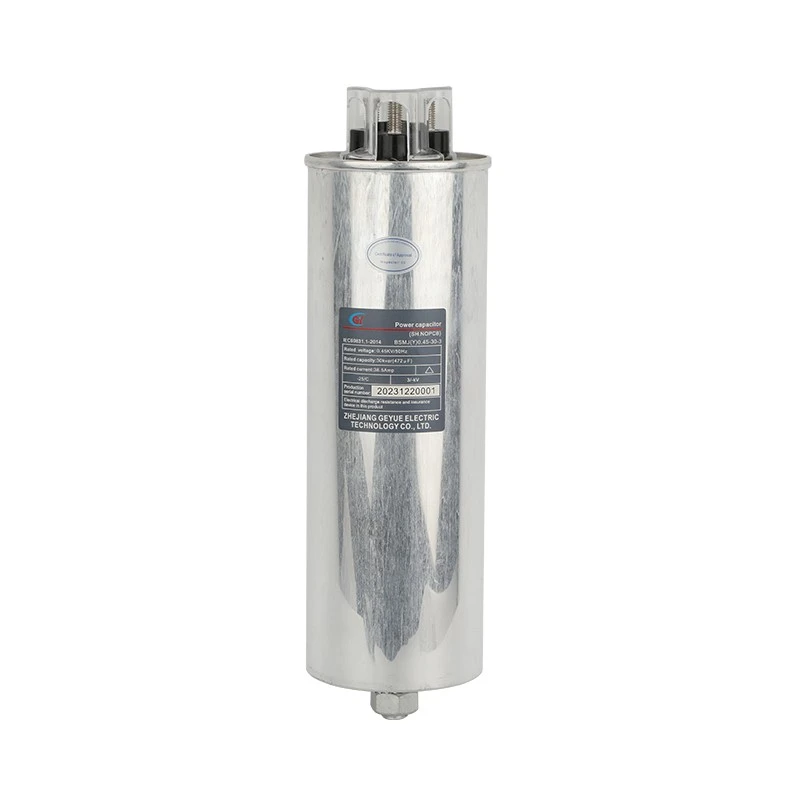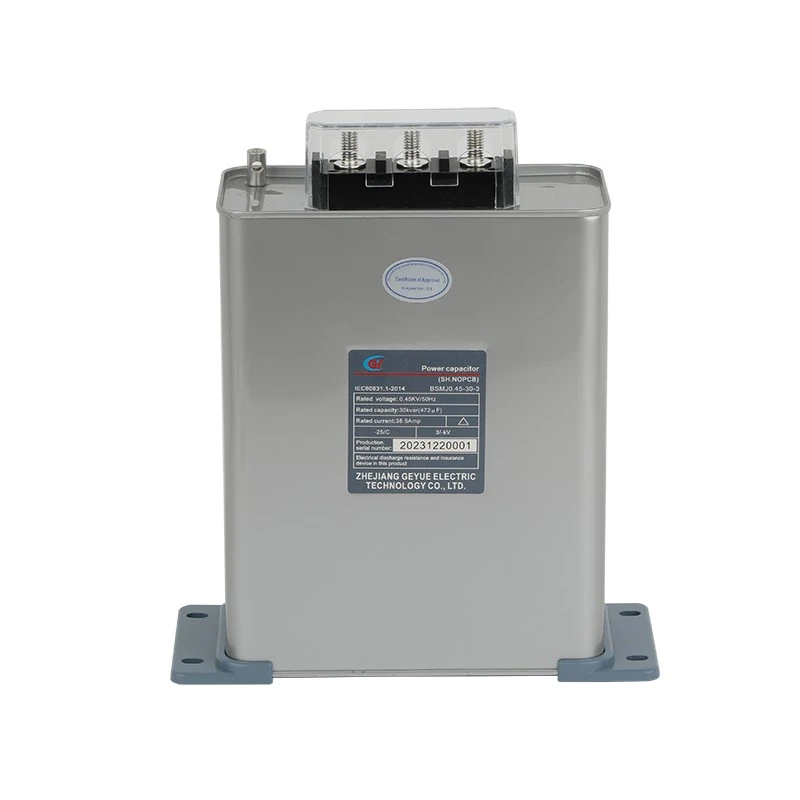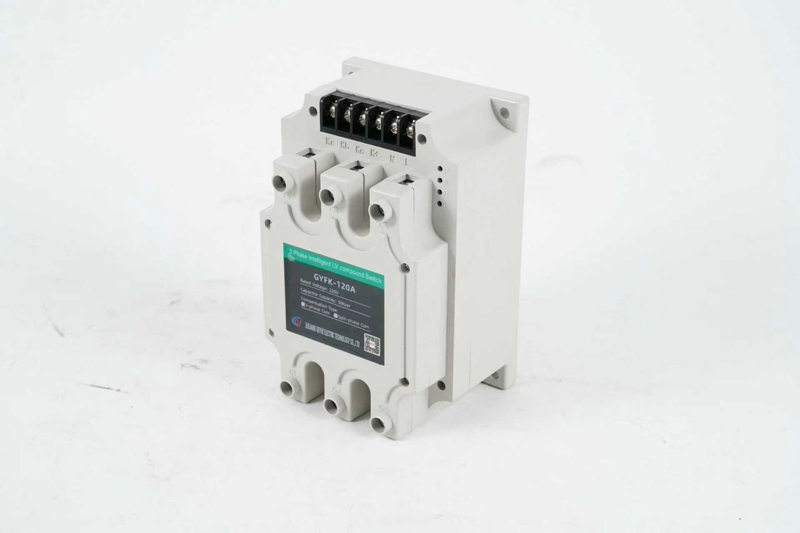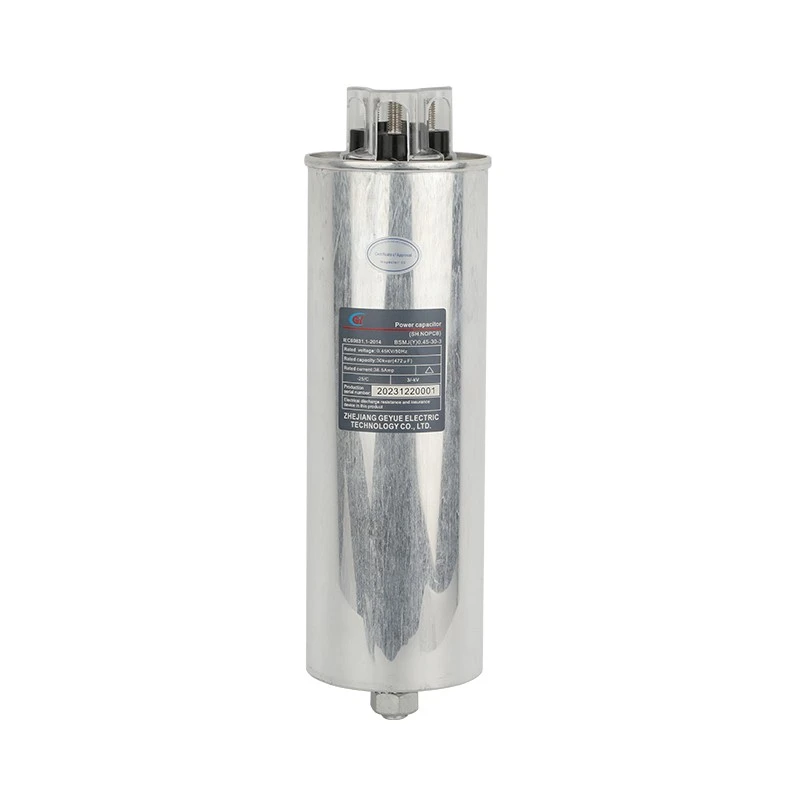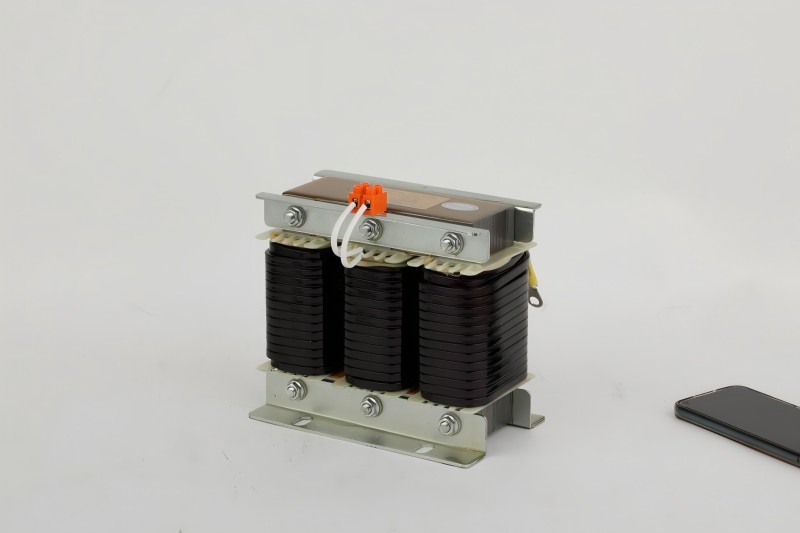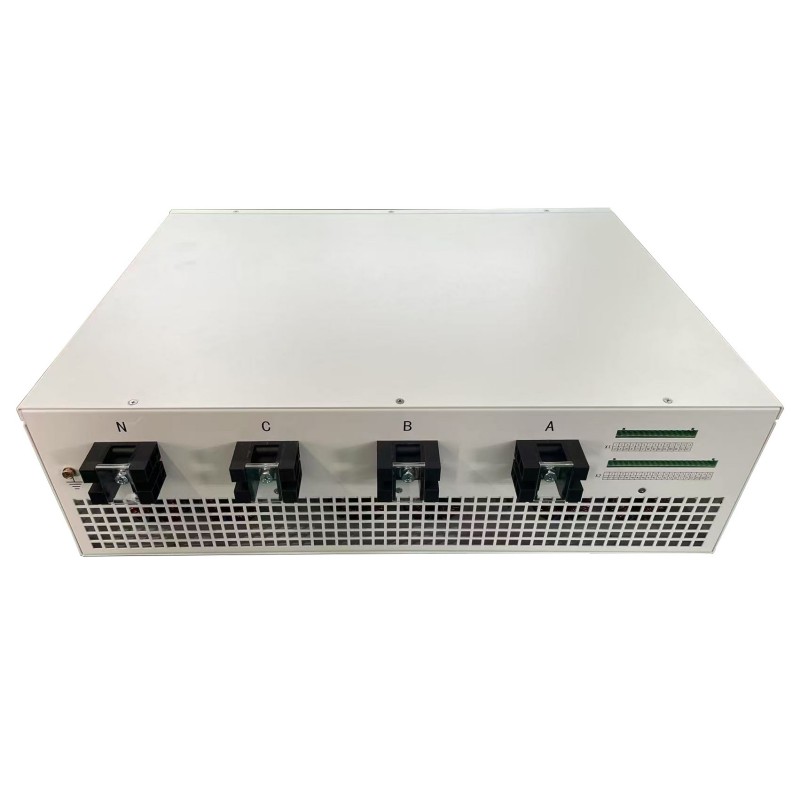How to Correctly Select AC Contactor to Match Capacitor?
Preface
As a professional manufacturer of AC contactors, we are committed to providing customers with accurate selection guidance. As a key component in capacitor switching, the rated current of the contactor directly impacts system reliability. This article objectively analyzes the applicable scenarios for common contactor specifications, such as 32A, 43A, 63A, and 95A, and explains the principles for matching contactors with capacitors.
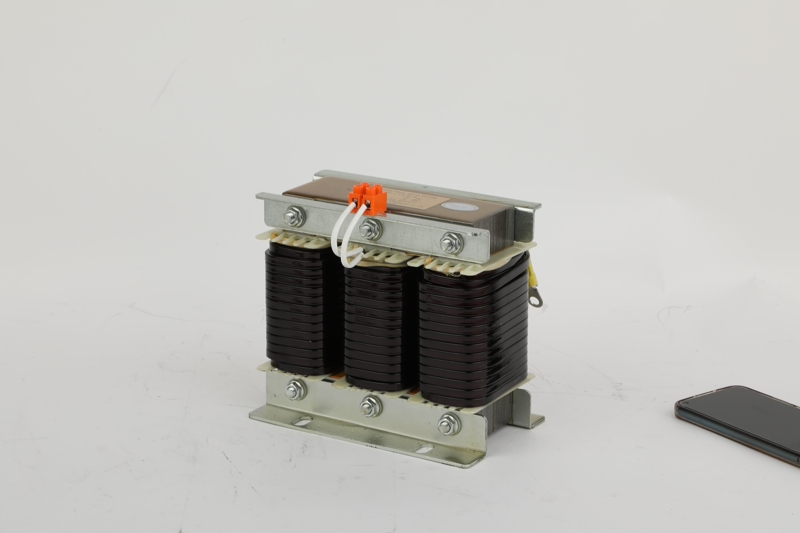
Contactor Rated Current Selection Criteria
The most important factor in selecting the right contactor is the load current characteristics. A 32A contactor is suitable for applications with a rated current of less than 25A and is commonly found in small power distribution systems. A 43A contactor handles loads of approximately 35A and meets most low-voltage compensation needs. A 63A contactor has a load capacity of up to 50A and is suitable for medium-sized industrial equipment. A 95A contactor can support loads of 75A and is primarily used in large-capacity compensation devices. When selecting a AC contactor, consider that the rated current of the contactor should be greater than 1.5 times the rated current of the capacitor to mitigate inrush current.
Analyzing Capacitor Switching Characteristics
Capacitors generate significant inrush current when they are switched on, typically reaching 20-50 times the rated current. Contactor contacts must withstand this transient surge without welding. We recommend using contactors designed specifically for capacitive loads. Their contact material is silver-tin oxide alloy, which offers improved arc resistance. The electrical life of the AC contactor is particularly important; choose one with a mechanical life of at least 1 million cycles and an electrical life of at least 100,000 cycles.
Factors Affecting the Installation Environment
The ambient temperature of the contactor installation environment affects its current-carrying capacity. When the ambient temperature exceeds 40°C, the rated current of the contactor should be derated, generally by 0.5% for every 1°C increase. When closely installed, consider heat dissipation clearances; adjacent AC contactors should be spaced at least 20 mm apart. In dusty environments, contactors with an IP54 protection rating or higher should be selected to prevent dust from affecting contact reliability.
Technical Guarantee
As a contactor manufacturer, we guarantee that all our products have passed type testing. Every contactor undergoes continuity testing, withstand voltage testing, and operating characteristic testing before shipment. We provide a complete technical data sheet, including current-carrying correction factors for different installation conditions. Our product design takes into account the special requirements of capacitor switching, and the contact pressure is 20% higher than that of conventional contactors to ensure reliable disconnection.
Maintenance Tips
Contactors require regular inspection for contact wear. When the contact thickness is reduced to half of its original thickness, it should be replaced promptly. Terminal tightness should be checked quarterly to prevent overheating due to loosening. For high-volume operation, it's recommended to replace the AC contactor every two years to ensure reliable switching. During maintenance, use genuine parts to ensure the proper performance of the contactor.
Selection Process Summary
First, calculate the capacitor's rated current. Determine the correction factor based on the installation environment and select a contactor with a rated current 1.5 times greater than the calculated value. Next, verify the coordination between the short-circuit protection device and the contactor to ensure reliable protection. Finally, to allow for expansion capacity, we recommend selecting a AC contactor one size larger than the calculated specifications. We offer a free selection service. Customers can provide their specific parameters and our engineers will recommend the appropriate specifications.
- Can Cylinder Self-healing Shunt Capacitor Become the Ideal Choice for the Smart Grid Era?
- Apart from Saving Electricity Costs, What Value does Low-Voltage Reactive Power Compensation Bring to Enterprises?
- How does the Temperature Dependence of a Capacitor's Capacitance Value affect the Tuning Point of a Detuned Filter Circuit?
- Is There a Non-Invasive Way to Monitor the Internal Health of Power Capacitors, Such as Their Equivalent Series Resistance (ESR)?
- What Is the Concept of "Reactive Power Banking" or "Reactive Power Dispatch" in a Smart Grid Context?
- What Are the Recycling and Disposal Plans for Self-Healing Shunt Capacitors after the End of Their Life Cycle?

